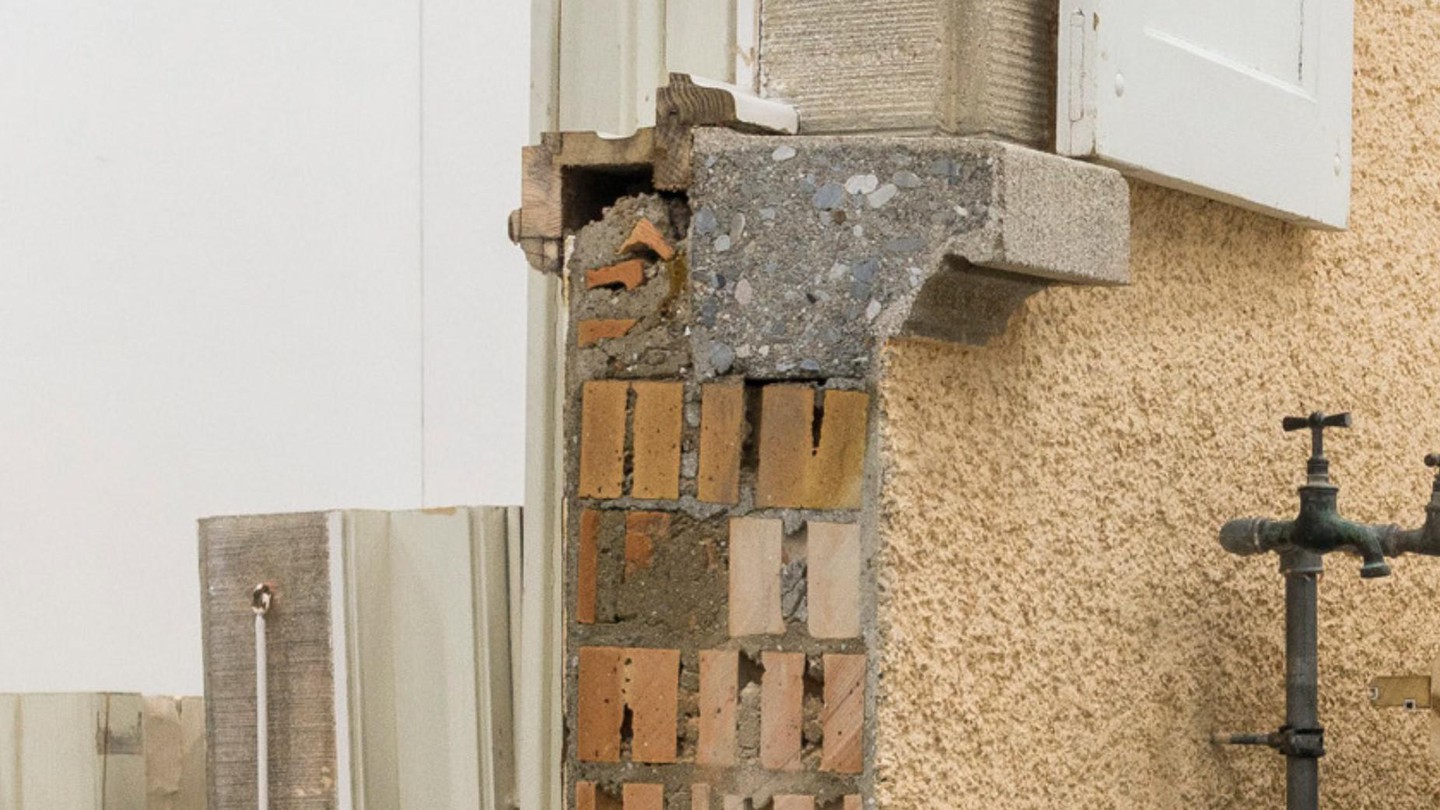Projeter Ensemble

ENAC Week PENS-201: Making Structural Logic
As the core element of the School of Architecture, Civil and Environmental Engineering (ENAC), the interdisciplinary teaching program Projeter Ensemble* enables the next generation of engineers and architects to integrate disciplinary knowledge to tackle complex challenges in a changing world.
Working together in multidisciplinary project teams, students from environmental sciences & engineering, architecture, and civil engineering acquire the abilities to design innovative solutions for a more sustainable future and become aware of their social and ecological responsibilities.
* Projeter Ensemble: to plan and design solutions together
About
The interdisciplinary program comprises different teaching formats throughout the Bachelor (compulsory) and Master (optional) cycle: ENAC week (4th semester Bachelor), ENAC Teaching unit (6th semester Bachelor), and ENAC Semester Projects (1st and 2nd year Master). For each format, students can choose from a wide range of topics (e.g., reuse of construction materials, construction of refugee camps, design of open areas in cities) offered by multidisciplinary teams of ENAC teachers.

The program enables students to develop different types of “intelligences” and thus prepares them for solving complex real-world problems:
| Practical intelligence |
Collaborating, communicating, organizing, self-monitoring & self-managing, decision making, taking leadership |
| Creative intelligence |
Designing, problem-solving, creative & innovative thinking, risk-taking, developing entrepreneurial spirit. |
| Analytical intelligence |
Systems thinking, breaking down a problem, critical thinking, computational thinking, analyzing quantitatively & qualitatively |
| Reflective intelligence |
Perspective taking, reflecting on norms & values, developing self-awareness, dealing with complexity, anticipatory & adaptive thinking, developing global mindset. |
These intelligences evolve progressively throughout the program from beginner-level (ENAC week) to medium-level (ENAC Teaching unit) towards advanced-level (ENAC Semester Project & ENAC Summer workshop).

COORDINATION: Marina Nicollier
Courses

The ENAC Week is offered in the fourth semester of the Bachelor cycle and is a required course for all ENAC students. It offers a first experience of interdisciplinary projects based on the collaborative resolution of a real, current problem.

The ENAC Teaching Unit is offered in the sixth semester of the Bachelor cycle and is a required course for all ENAC students. Enriched by the experiences gained during ENAC Week, students further develop their ability to work in teams to formulate problems and propose solutions that are valid in a wider context.






